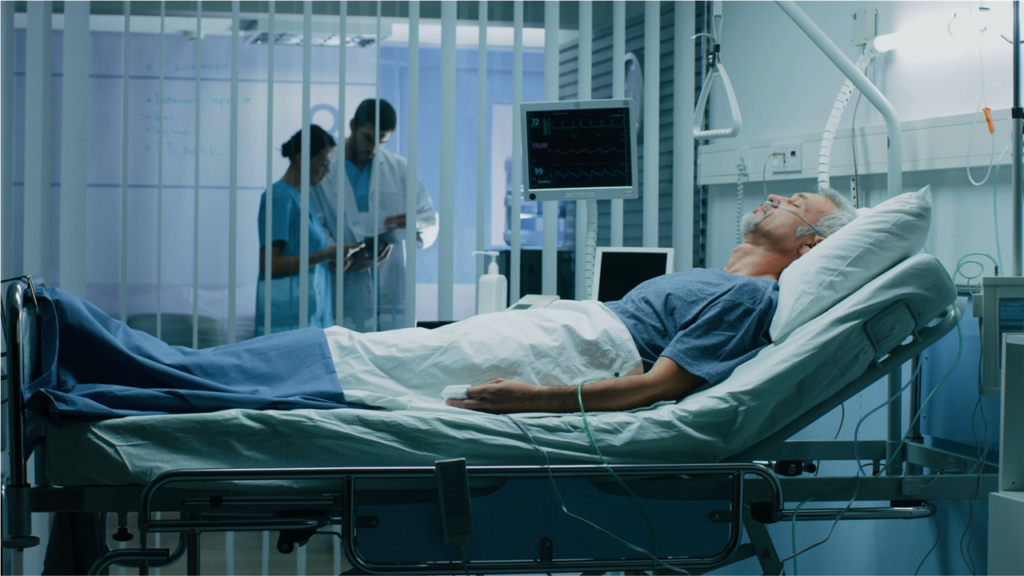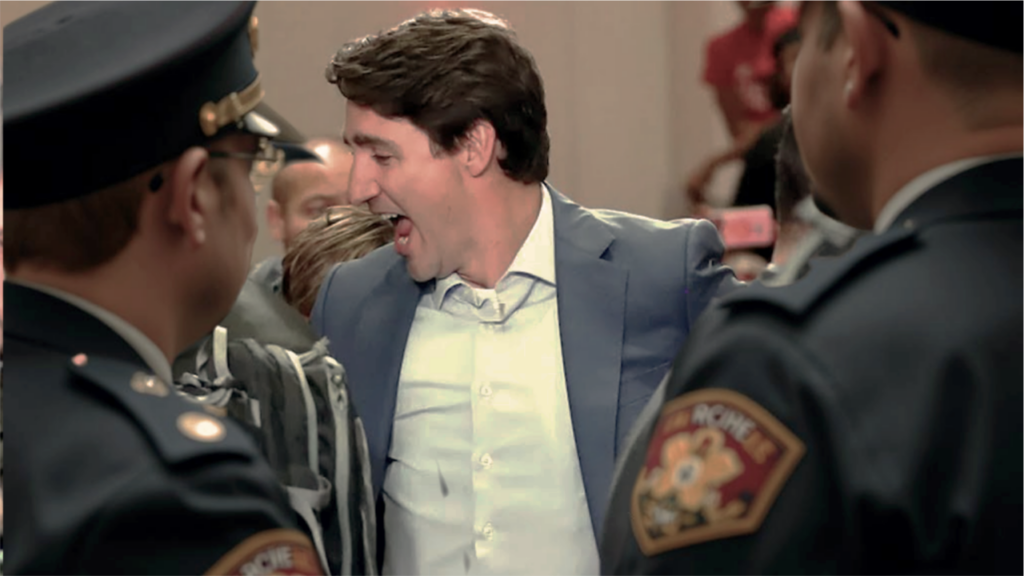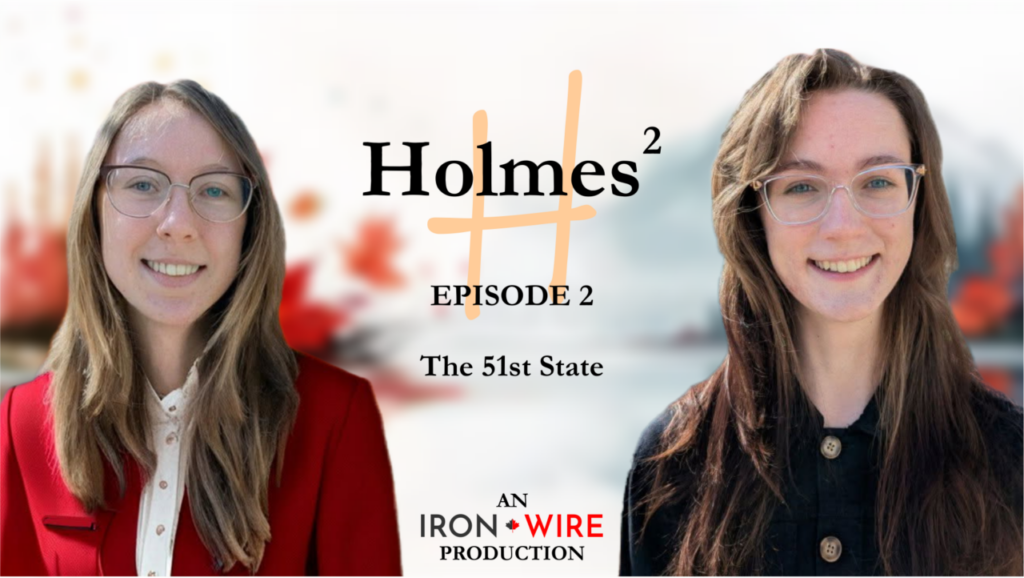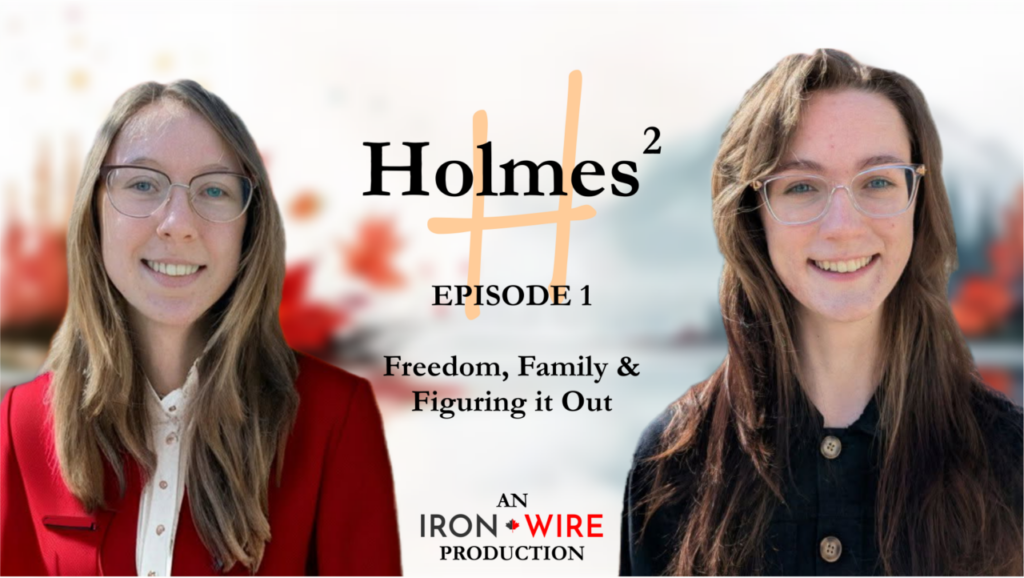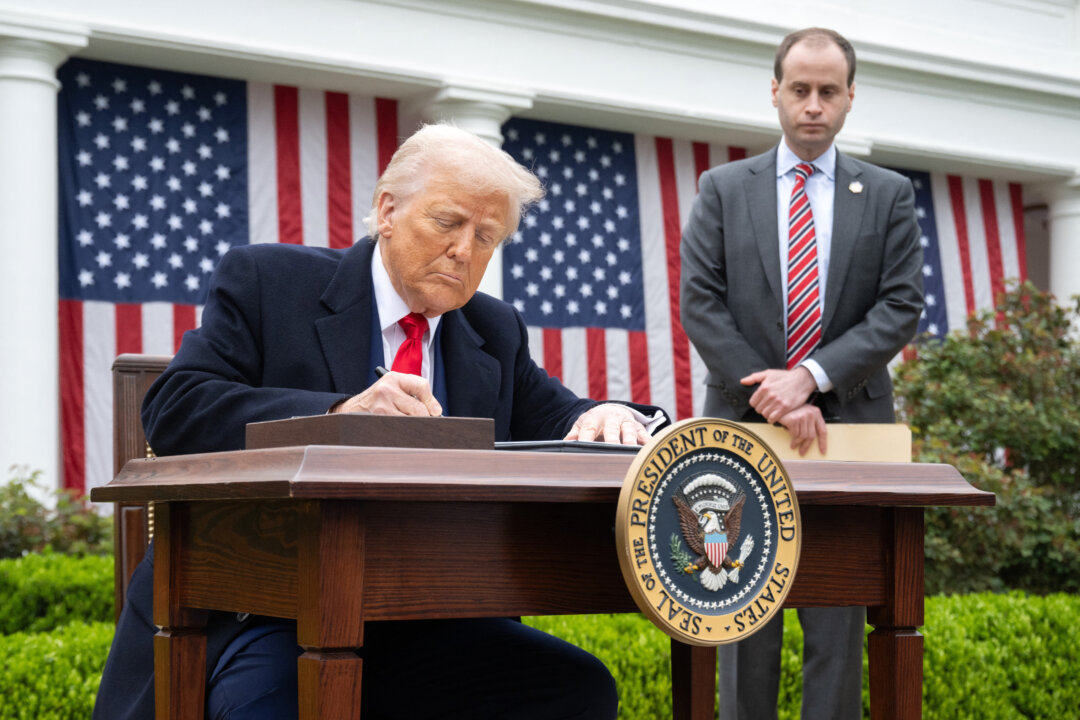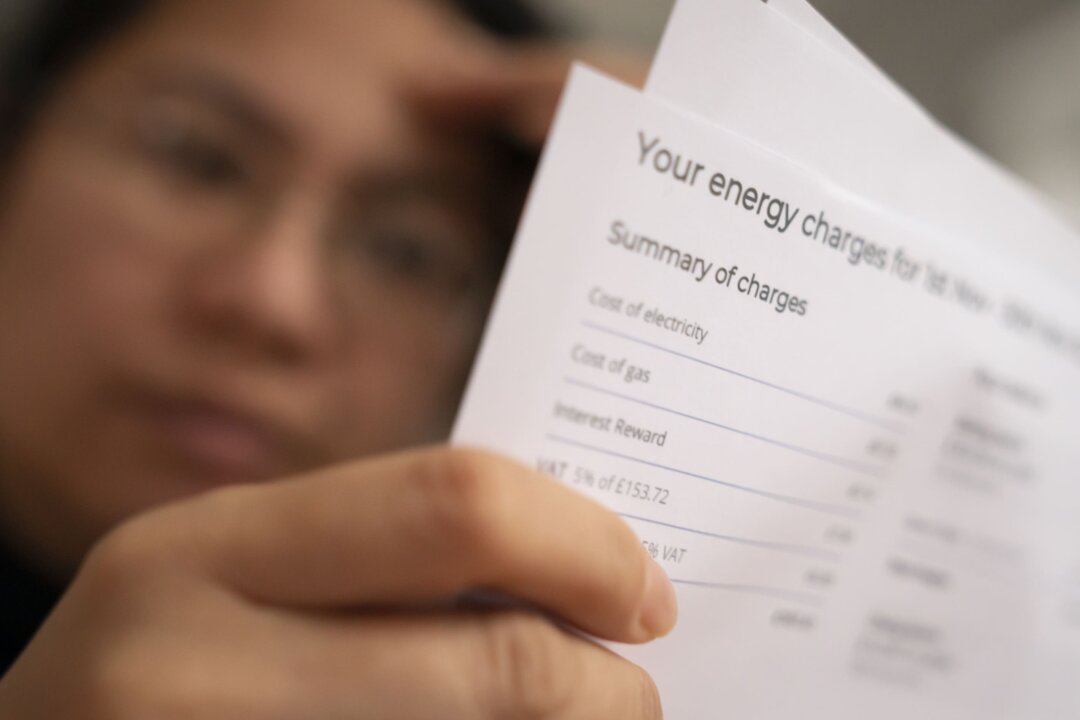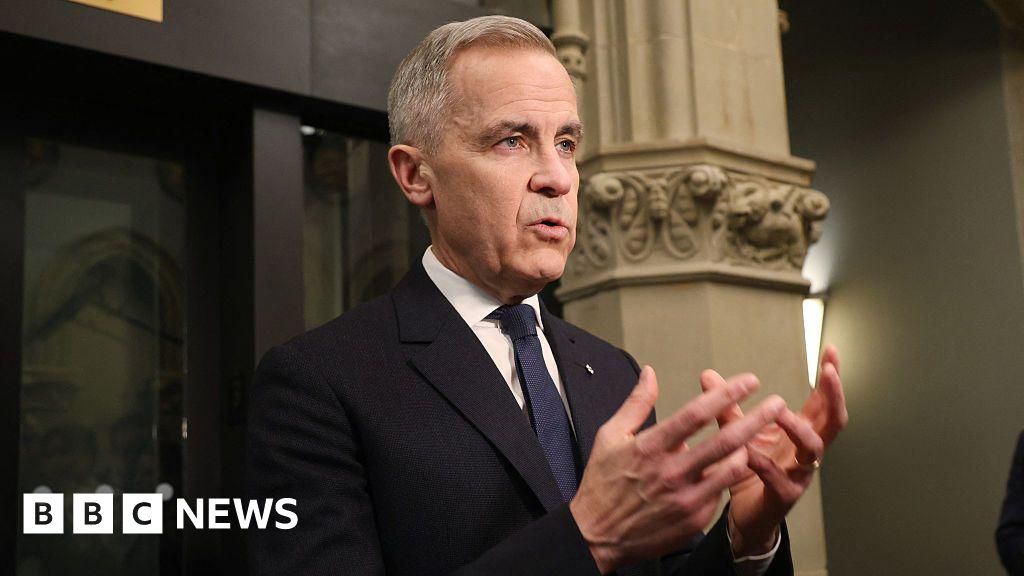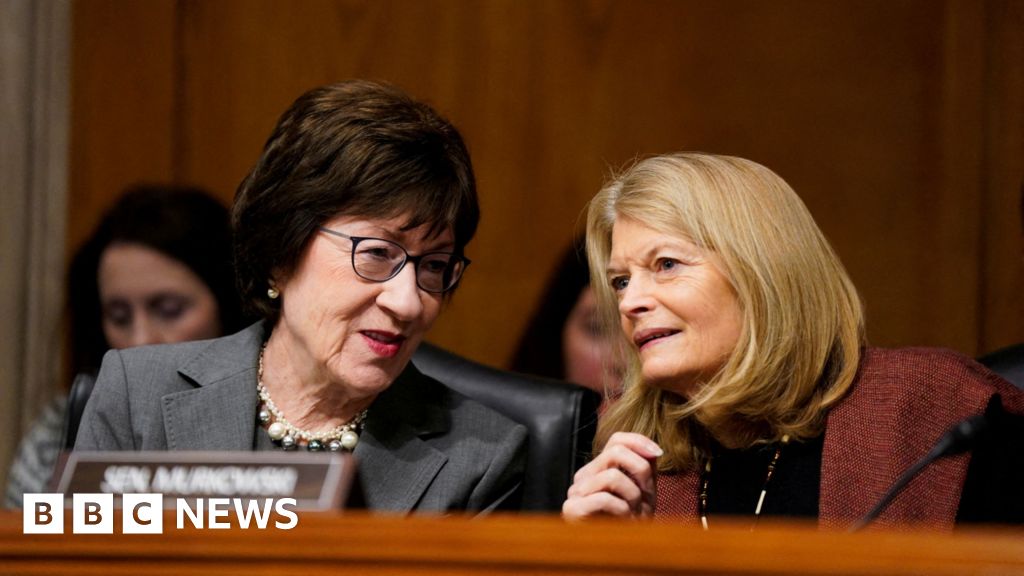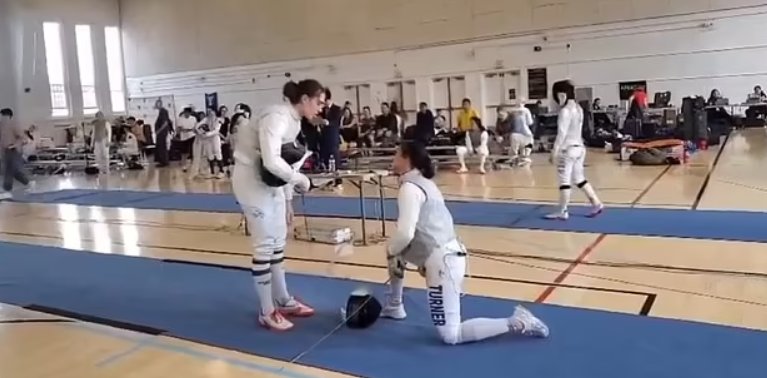Are Physicians Waking Up? Online Network for Medical Professionals Runs Article Criticizing Vaccines, Voicing Support for RFK Jr. at HHS
Source: Children’s Health Defense
Some context (the text of the op-med is included below)
In the days following Robert F. Kennedy’s appointment to lead the U.S. Department of Health and Human Services (HHS) last month, I was disappointed but not surprised to see so many of my colleagues in medicine wince at the prospect of having the chief “misinformation” spreader during the COVID-19 pandemic take charge of public health in America.
“This could only happen in a Trump administration,” one doctor friend wailed, “we’re f****d!”
It’s stunning. Five years later, so many medical professionals continue to believe that the Centers for Disease Control and Prevention (CDC) did a commendable job and things would have been much worse if it weren’t for the leadership of Drs. Anthony Fauci, Deborah Birx, Francis Collins, Rochelle Walensky, Ashish Jha and others.
Over the last few years, Substack has emerged as one of the few platforms that allowed independent authors to publish their work free of censorship.
Much of my opinion has been informed by doctors, scientists and researchers like Jessica Rose, Ph.D., Sasha Latypova, Igor Chudov, Dr. Meryl Nass, A Midwestern Doctor, Steve Kirsch, Dr. Robert Malone, Dr. Reid Sheftall, Mathew Crawford, James Lyons-Weiler, Ph.D., Norman Fenton, Ph.D., and many others.
I would consider these folks to be at the leading edge — exploring the limits of what can be known and making educated guesses about where the science will eventually lead.
But my interest has always been about informing those on the “trailing edge,” the folks who are aware that something isn’t quite right about what we have been told but don’t know where to begin or even how to be objective.
It’s been my feeling that until the trailing edge gets more informed nothing is going to change much. Regular folks have to be able to push their indoctrinated primary care physicians to challenge their own understanding.
Once enough doctors start to question the narrative coming from the CDC and the U.S. Food and Drug Administration (FDA), these three-letter agencies will eventually lose their sway over public health. That’s the only way Big Pharma’s stranglehold over public health could shatter.
But something quite remarkable happened. In an astounding twist of fortune, Kennedy took control of these agencies almost overnight. The problem is that the million or so physicians in this country are still mired in their ways. What’s the point of having a change in policy coming from the top if doctors don’t trust anything coming from a Kennedy HHS?
From Wikipedia:
“Doximity is an online networking service for medical professionals. Launched in 2010, the platform offers its members curated medical news, telehealth tools, and case collaboration.
“Doximity has two million registered users, including 80% of physicians in this country.”
Most doctors I know receive articles from Doximity regularly. Doximity also publishes opinion pieces — “op-meds.” Doximity informs a lot of doctors on the trailing edge.
Would they be willing to expose their subscribers to a different perspective on Kennedy’s appointment to lead public health?
Last month I submitted an opinion piece about why I was excited at the prospect of a Kennedy HHS and why I chose to work for Children’s Health Defense during the pandemic. Kennedy had been championing sensible strategies while the medical establishment hadn’t. COVID-19 outcomes in this country, among other things, confirm this.
An editor at Doximity eventually got back to me. They were interested in my connection to Kennedy’s work but didn’t want to publish it. They wrote:
“Hello Dr. Setty,
“Thank you for your submission. While we have decided to pass on publication as-is, if you are ever interested in revising and resubmitting, or writing something new, we are definitely open to reconsidering.
“For this current piece, we try to avoid going too deeply into post-mortems on COVID, as that topic (among others) stirs up a lot of commentary that is not always civil.
“If you’d instead like to focus more on your personal experience (with his program or how your experience in and out of clinical medicine has influenced your opinion), we are open to reconsidering.”
In other words, they wanted me to explain why I thought Kennedy was right without mentioning why the two million medical professionals to whom they cater had been wrong. Maybe then they would consider running it.
I thought about it for about 30 seconds before respectfully declining. A touchy-feely piece about my personal experience with his “program” without data or citations would have no teeth.
I wrote back to them and basically said that the medical establishment needs a firm slap in the face if they ever want to regain the public’s trust.
What is the point of a “networking platform” like Doximity if it can’t be the marketplace of ideas for the medical community at large? What, I asked them, is their mission?
The op-ed as published in Doximity
I didn’t expect to hear back from them. But I did. To their credit, they agreed to run the piece if I would provide citations to my key claims. They retained the right to change the title of the article and perform line and copy editing.
Here’s the article in full.
(Doximity didn’t like the original title: “A Different Perspective on the Appointment of Robert F. Kennedy Jr. as Secretary of HHS”):
Some Questions I Am Asking, Five Years Out from COVID
As the majority of the medical community watched in disbelief and horror as Robert F. Kennedy, Jr. collected the necessary Senate votes required for his appointment to head public health in this country, others of us held our breath, never expecting that such a much needed referendum on “the science” could ever occur so quickly.
We as medical professionals are losing the public’s trust. While we would like to think it is because of dangerous misinformation spreaders like Kennedy, the reality is that we haven’t earned it. Mistakes were made during the pandemic, but were they really so excusable? I argue that they were not.
While we may disagree about what was known and when, the reality is that if the public doesn’t trust medical authorities, any future breakthrough, miraculous or not, will be of little value because few will trust it. We have to regain the public’s trust, and that can only happen if we take an open and sincere look at what happened over the last five years.
It is unfortunate that the Senate voted almost unanimously along party lines. As expected, this was used to politicize his appointment. The truth is that very few, if any, of these Senators were equipped to judge a man I believe whose understanding of the literature and regulatory processes far exceeded theirs.
In that sense, Kennedy’s appointment was a testament to the sway the new President has over his party. My point, which I will defend below, is that the Senate got it right but for reasons they were unaware of.
First, I want to dispel the idea that because Kennedy has no medical training it disqualifies him as a legitimate Secretary of HHS. Going back 40 years, only three of the last 10 HHS Secretaries (Drs. Tom Price, Louis Sullivan, and Otis Bowen) were medical doctors.
Like most doctors, I am well-versed in topics in my own specialty but defer to the CDC around matters of public health. I have vaccinated my children in compliance with the CDC’s childhood immunization schedule. I never once questioned their opinion and recommendations, until COVID.
Why did then Secretary of HHS, Alex Azar (an attorney and former Eli Lilly & Company executive) declare on February 4, 2020 that the SARS-COV2 virus posed a significant threat to the security of the country, before there was even a single COVID-19 death in America?
This declaration allowed the FDA to preemptively open the door for an Emergency Use Authorization (EUA) for future “countermeasures,” i.e., mRNA vaccines, well before such a product was available to undergo safety and efficacy trials.
On the same day Azar invoked the Public Readiness and Emergency Preparedness (PREP) act “to provide liability immunity for activities related to medical countermeasures against COVID–19.”
Taken together, the EUA and PREP acts allowed the FDA to loosen their standards around the testing of the eventual mRNA products while granting manufacturers of them an airtight liability shield if any harm resulted from their use. We, as physicians and medical professionals, should have been very interested in how Pfizer conducted their trials in the summer and autumn of 2020.
The Pfizer formulation which was authorized in December 2020 boasted a 95% efficacy in preventing symptomatic COVID-19. It was a miracle of modern medicine. But was it?
Though not reported in the seminal paper in the NEJM by Polack et al, Pfizer investigators tested only one in 20 participants who expressed COVID symptoms in their trial. This was made clear to the FDA’s VRBPAC (Vaccine and Related Biological Product Advisory Committee) in a memorandum (page 41, “Suspected Covid-19 Cases”) weeks before authorization discussions took place.
The impressive 95% efficacy was based on 170 cases of COVID-19 in the trial participants. However, more than 3,400 participants expressed symptoms of COVID-19 but were not tested. No claim about efficacy is possible if only 5% of the symptomatic were tested. Why didn’t Pfizer test them and, more concerningly, why didn’t the FDA ask any more questions?
This astonishingly high efficacy was used to justify inoculating all participants in the control arm of that trial, eliminating any chance of accurately determining medium or long-term safety signals. And yet the public was repeatedly assured that these products have undergone rigorous safety testing.
None of my physician colleagues ever scrutinized the trial results. Perhaps this was excusable given the exigency of the situation. However, I was shocked to discover that few doctors were able to answer basic questions their patients should have been asking.
For example, what does 95% efficacy mean? And what are the chances that vaccination will protect an individual from hospitalization from COVID-19? What are the long-term risks of these products?
Reports of serious adverse events began to come into the CDC’s VAERS (Vaccine Adverse Event Reporting System), a system that had been proven by a paper sanctioned by the CDC itself, which concluded that “fewer than 1% of vaccine adverse events are reported.” Very few of these reports were investigated by the CDC and were thus ignored because they are “unconfirmed.”
As of January 1, 2025, VAERS has received more than 22,000 reports of death following COVID-19 vaccination in the U.S. and her territories, a number I encourage readers to confirm themselves. How many of them are valid? How many more have gone unreported? We simply do not know.
An intense campaign to dismiss and suppress reports of potentially significant and widespread harm proved extremely effective. In the autumn of 2021 when adolescents between the ages of 12-17 became eligible to receive the mRNA vaccines, parents in my own small community outside of Boston readily complied with the CDC’s advice.
Approximately 200 of the 250 eligible adolescents in my town had received at least one dose of the primary series when two families contacted me. They knew I was a physician who urged caution around these products. They each had a child who needed to be hospitalized for acute myocarditis within a few days of receiving their first shot.
These are anecdotes, of course. However, neither family was willing to share what happened with our community for fear of being socially ostracized. How pervasive was this fear? I suggest that it was rampant, even among doctors.
I had been a part of a very large, private Facebook group of MDs called “COVID-19 Physicians” during this time. Many MDs were reporting that they were seeing serious adverse events following mRNA vaccination but were very hesitant to express their concern outside of this private group for fear of retribution from within the medical community.
Kennedy was one of the few outspoken voices that echoed my concerns. That is why I left my practice in the autumn of 2021 to work for his organization, Children’s Health Defense, as the Senior Science Editor for The Defender, its online publication.
Since my return to clinical medicine, I have asked dozens of the health care professionals I work with a question. Not one doctor or nurse I spoke with knew that if a child that suffers harm from a vaccine on the childhood immunization schedule that the manufacturer cannot be held liable for damages. Why is that?
There is no other product, medical or otherwise, that enjoys that kind of legal protection. This protection was offered to the industry in 1986 through an act of Congress, known as The National Childhood Vaccine Injury Act. Twenty-five years later, the Supreme Court upheld such blanket protection in Bruesewitz vs. Wyeth LLC.
Notably, in an amicus briefing submitted to the SCOTUS, the American Medical Association, the American Academy of Pediatrics, and 20 other physician and public Health organizations explained that “by eliminating the threat of most lawsuits, the Vaccine Injury Act has prevented manufacturers from abandoning the vaccine market, thus ensuring a stable supply of vaccines.” However, our own medical organizations also conceded that prior to 1986 while some vaccine-injured children received multimillion-dollar awards, others received none.
In response, The Vaccine Injury Act established a National Vaccine Injury Compensation Program which, according to the briefing “has issued more than 2,400 awards totaling over $1.8 billion” between 1989 and 2010. While this is not an admission that vaccines are harmful, it carries the assumption that the benefits of vaccination far exceed risks.
It is an assumption which seemed reasonable four decades ago when children were required to receive only a dozen shots. There was no epidemic of childhood chronic disease then. There is now, and our children receive more than 70.
While the concomitant rise in chronic disease and vaccine load does not prove causality, we should be able to acknowledge that if vaccines were responsible, in part, for this alarming uptrend, this is exactly what we would be seeing.
At what point will we agree that more research is needed? I suggest that we have reached that point now. Valid criticism around the pandemic response and public concern about the safety and utility of the CDC’s immunization schedule is what has propelled Kennedy to the top of the DHHS.
Are we going to support the deep dives into the data and the elimination of potential conflicts of interest among members of regulatory agencies as Kennedy has promised or will we continue to deride him and undermine efforts to definitively answer these questions?
I suggest that by doing the latter we may cause irreparable damage to the already dwindling trust our patients have in our judgment and opinion.
Dr. Setty is a board-certified anesthesiologist in clinical practice since 2002. He is the former Senior Science Editor for The Defender, the online publication of Children’s Health Defense. He writes the Substack newsletter “An Insult to Intuition.”
Originally published on Madhava Setty’s An Insult to Intuition Substack page.


